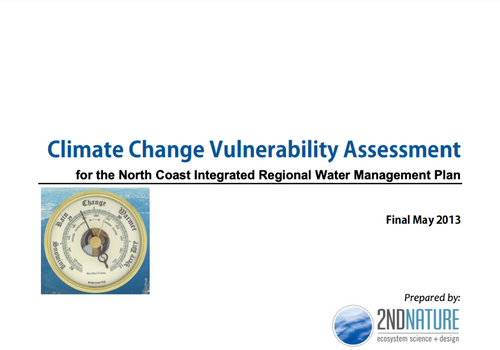Efforts to restore stream and riparian corridors often aim to improve water quality by reducing pollutant loads carried downstream. However, measuring these long-term benefits is challenging, time-consuming, and expensive. The Stream Load Reduction Tool (SLRT) created by 2NDNATURE provides a practical, transparent, and consistent approach to estimating the annual reduction in pollutants—including sediment and nutrients—that can result from restoring floodplains and enhancing stream corridors.
Download 2NDNATURE SLRT BundleWhat is the Stream Load Reduction Tool?
The SLRT is a Microsoft Excel workbook that uses a mass balance framework to account for critical processes within a restored stream reach. The outputs are annual pollutant load reductions achieved due to common stream restoration projects. This includes:
- Erosion Reduction: Restoration efforts can reduce the amount of sediment introduced into the stream by stabilizing streambanks and improving channel form.
- Floodplain Retention: Improved connectivity between the channel and floodplain can trap fine sediment during overbank flows, keeping it from traveling downstream.
How Does It Work?
Users compile available hydrologic, geomorphic, and water quality data—such as flow records, channel geometry, and sediment concentration measurements—into the SLRT’s spreadsheet template. The tool then estimates how much less sediment (or other pollutants) leaves the restored area compared to pre-restoration conditions. This flexible approach allows users to incorporate the best available site-specific data and evolve the estimates over time as new insights emerge.
Who Can Use It?
Designed for watershed practitioners, land managers, and restoration professionals, the SLRT is accessible to those with a general background in hydrology, water quality, and fluvial systems. It does not require extensive modeling expertise and relies on commonly available or easily obtained data.
Get Started with SLRT
Download the Stream Load Reduction Tool (SLRT) resource bundle to get started. This ZIP file includes everything you need to apply SLRT methods effectively at your site. Inside, you’ll find:
- Technical Document: Explore in-depth theory and approach.
- User Guidance Manual: Step-by-step instructions for using the tool.
- SLRT Excel Template: Customize pollutant reduction estimates for your project.
These comprehensive resources ensure you maximize the tool’s capabilities, simplify compliance, and improve restoration outcomes.
By integrating field data with a tested estimation method, the SLRT empowers practitioners to understand better and quantify the water quality benefits of their restoration efforts and incorporate these into their larger watershed modeling frameworks.


